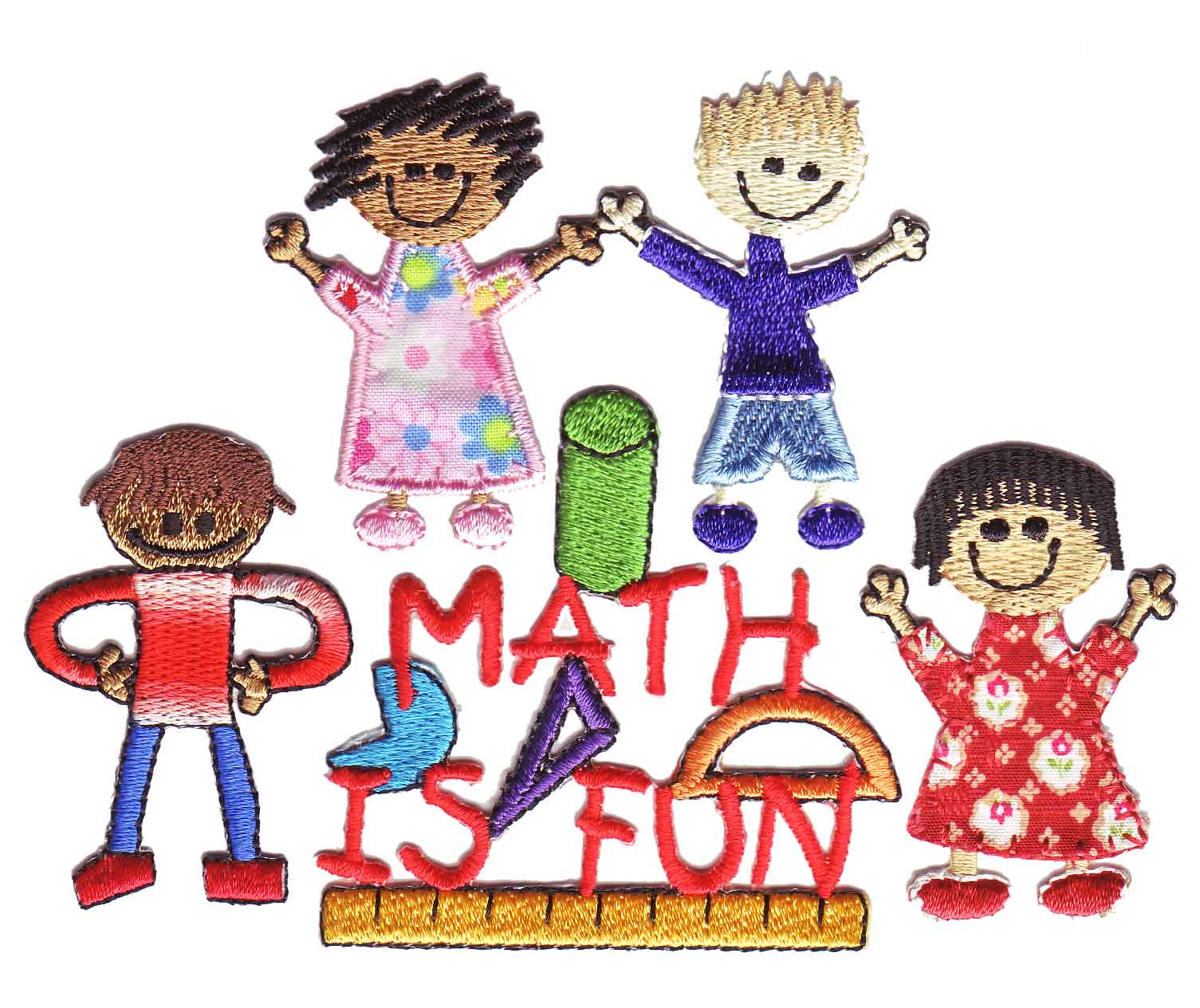Math + Fun Just Doesn't Add Up!
How many of you when you hear math and fun in the same sentence have to stop and re-read it to see if you can find the sarcasm? If you are one of the many people who do not think math and fun belong in the same sentence, you will be excited to hear about a new trend in math. Many teachers, parents and math curriculums are working towards making math fun! It is possible and I am going to share with you many tips, articles and websites to prove it!
Showing enthusiasm for math is a must for teachers and parents. If a teacher does not show a love and a passion for math the students will know. Many teachers who dislike math do not spend adequate time on this subject. This creates two problems. It shows that math is not a critical skill and the lack of adequate time needed to grasp math concepts reinforces that math is difficult. This coupled with many parents' lack of enthusiasm is a recipe for disaster.
Parents will go out of their way to support their children when learning how to read and write. They will sing the alphabet song and read them books. But how often do they sit down with their children to work on math? An article I recently read gives five tips for parents and educators to make math fun for children.
1. Find mathematical situations in everyday life.
2. Be the “guide on the side” versus the “sage on the stage.”
3. Respond neutrally to correct and incorrect answers.
4. Avoid “drill and kill.”
5. Model enthusiasm.
When reading through these, there is merit in each one. Showing children the relevance of math in everyday life is critical to gain buy-in from the student that math is important. You can do many simple things. For example, when solving a word problems use the student's name and topics they are interested in. This will help to grab their attention.
It is so important to be the guide on the side. Children need to learn and explore on their own. This is a critical skill that will take them far in life. Additionally, children have become dependent on responses from adults. Instead of answering with a yes or no to a correct or incorrect answer, respond by asking, how did you get that answer. It is important to know the why behind the answer. What steps did they take to get that answer. Could they get the same answer if asked in a different way? This is one reason why the kill and drill approach is not effective. U.S. students have a tendency to memorize facts without understanding the meaning.
But the most important thing that we can do for children is to model enthusiasm. Many of us do not enjoy math. It it not our job or our place to push our feeling about math on them. They should be free to make this decision on their own. Showing love and support will encourage their love of math. Talk about math in the world and the role it plays in our lives. Talk about how having a deeper understanding of math with help them throughout their life time not just during school.
Be creative with how you teach math. Have you ever done the decimal dance? Or taught fractions with chocolate bars? Math is more than just a pencil and paper. Hands on math that gets the body and mind working together makes learning fun and memorable. A great way to make math fun in through comics. There is a great resource available called ToonDoo by clicking on this link you will see a sample of some of the great cartoons I created to use in my classroom.
Humor is a great way to engage students. You can grab their attention with this funny math video. This video shows that math can be viewed differently by different people. Showing that we all look at math differently will lighten the mood.
I hope your mood and feelings towards math were lightened through this post and it's resources. Math is all in how we view it. The saying "attitude is everything" is a perfect fit for math. If we view math as hard and worthless, so will our children and students. Math should not be viewed as a daunting challenge with no point, but as a way to explore our world. Our world is not just paper, pencils and memorization, so how we teach math shouldn't be either.
Creative ways to teach math
Creative ways to teach math for ELL students.
Step by step math
Hands on Math
How Washington State is making math more fun.

No comments:
Post a Comment